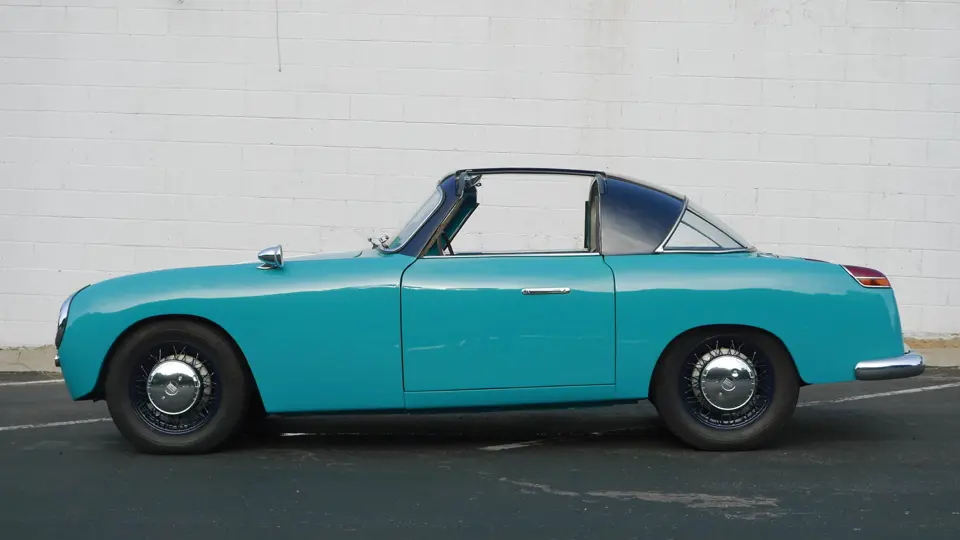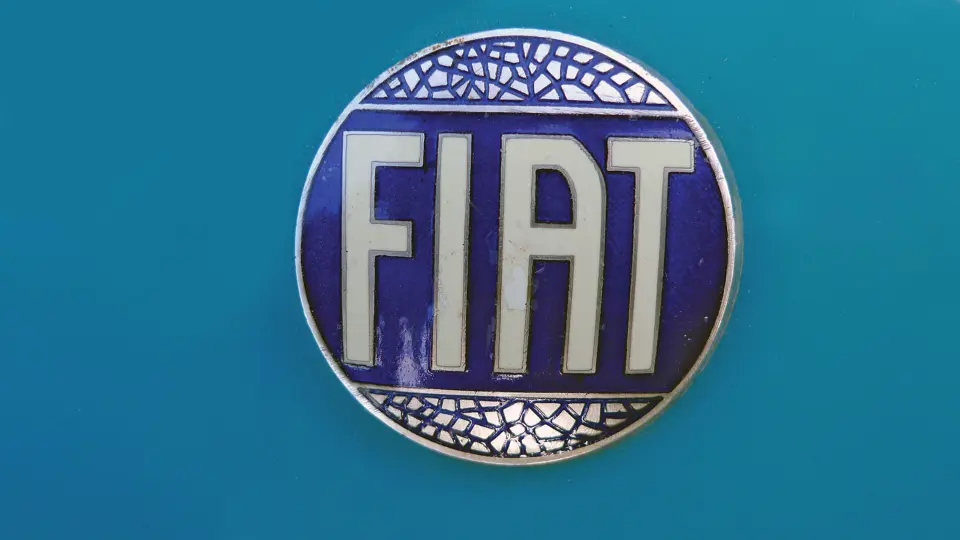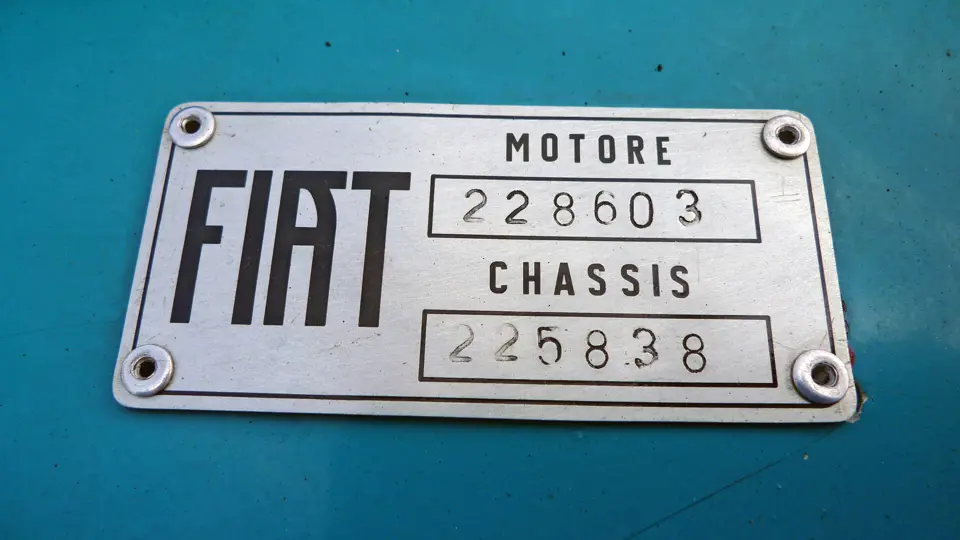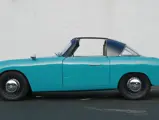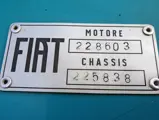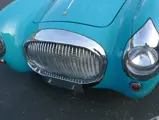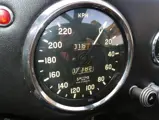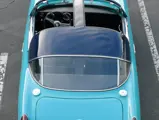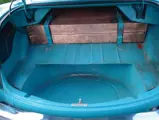55 bhp, 1,089 cc Fiat four-cylinder, dual-ratio manual transmission with eight forward and two reverse speeds, rear live axle with semi-elliptic leaf springs, and four-wheel hydraulic brakes. Wheelbase: 95.3 in.
Fiat’s 508C, or Balilla 1100, produced from 1937 to 1938, was such an extremely successful model that a few still remain on the road some 75 years later. Many found themselves reborn after World War II as “Competition Specials,” shedding their pedestrian factory bodywork in favor of more dramatic panels. The car offered here is one such machine, with a unique and interesting story unlike any other.
Assembled early in 1938 as a standard four-door sedan, this 508C was sold new in Austria and survived the war in good condition. Incredibly, the original owner’s manual, all of its original post-war registration, and ownership records also survived, along with numerous period photographs, sales brochures, and other documents and records; all of which still accompany the car.
The car was acquired on April 23, 1955, by respected manufacturer Dr. Oskar Göhring, who soon gifted it to his playboy nephew, Rudolfo “Rudi” Wein. As Wein’s wife, Renate, recalled later, her husband had a very clear vision of what to do with the Fiat. He would use it as the basis for a special sports car that would be elegant, sleek, and sporting, following the Italian style he had seen from Cisitalia and other automakers.
Göhring’s factory, Geburth, handcrafted a new steel body to Wein’s design, using taillights from an Opel Kapitan, door handles from a Mercedes-Benz 300SL, seats from a 190SL, and Italian instruments, as well as two removable roof panels, originally of Plexiglas. Tuned and equipped with a side-draft Weber carburetor and full Stanguellini competition modifications, the engine is a Tipo 103-based unit from 1955, with a reduction gearbox activated by an under-dash lever, effectively providing eight forward speeds. A very large, handmade twin external fuel tank provided excellent long-distance cruising and travel.
As many period photographs show, Rudi Wein enjoyed his creation largely as a boulevard street racer, although it likely took to the track at least once. By the early 1960s, however, the family’s company had filed for bankruptcy, and the unique car was sold to a local scrapyard owner. Fortunately, he put it away in his warehouse, where it remained for decades.
In the early 1990s, Winfried Kallinger bought the scrapyard, along with other former Göhring family properties. Having known the family personally, he had the little sports car restored out of sentimentality, with no expense spared, recalling later that, while complete, it was not an easy automobile to restore due to its one-off body.
In 2007, the restored Fiat-Geburth was shown to Renate Wein, widow of its designer, and, as one can imagine, it brought back fond memories of her husband and his boundless creativity and ingenuity. It is offered today in much the same mindset, as a unique Italian special that is very much a tribute to one man’s imagination, as well as the plucky attitude of post-war gentleman racers.
Please note that a much more in-depth account of this car and its history is available on file. Please consult an RM specialist for additional details.
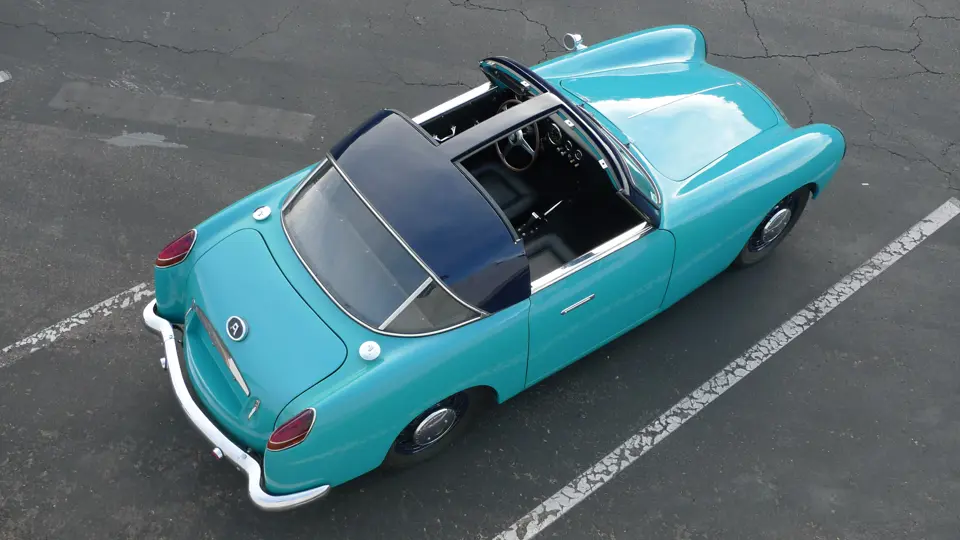



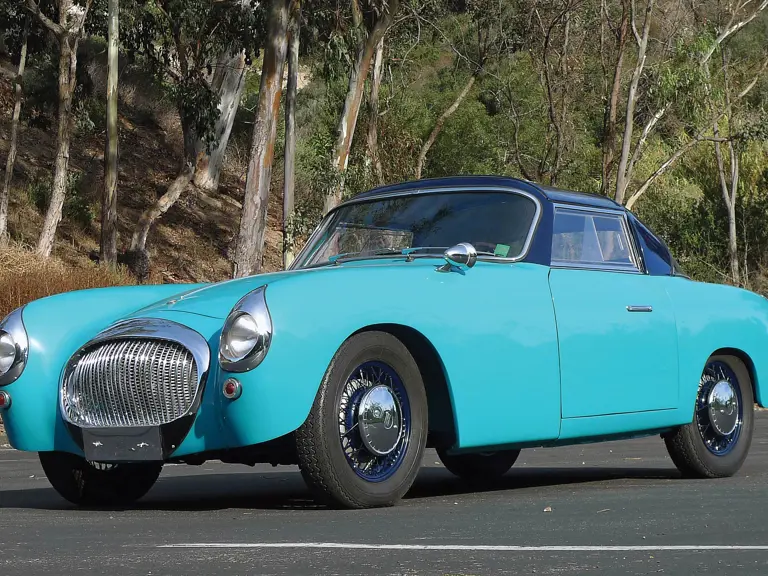
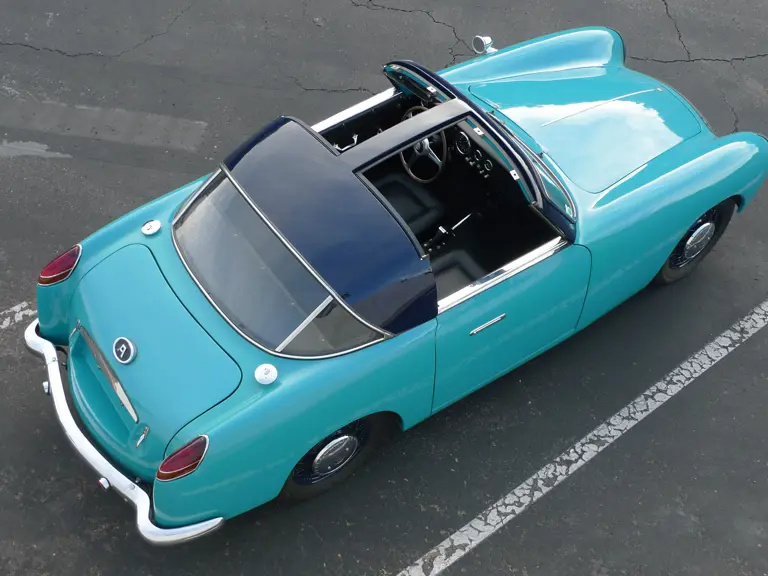
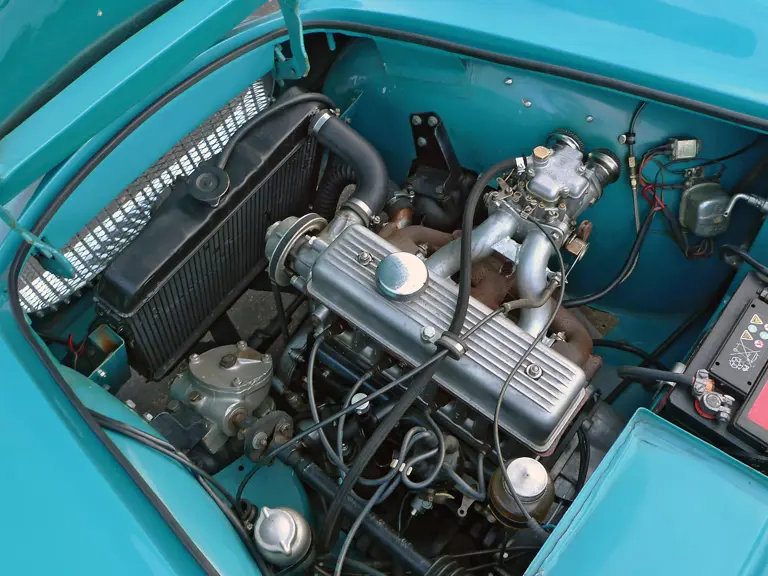
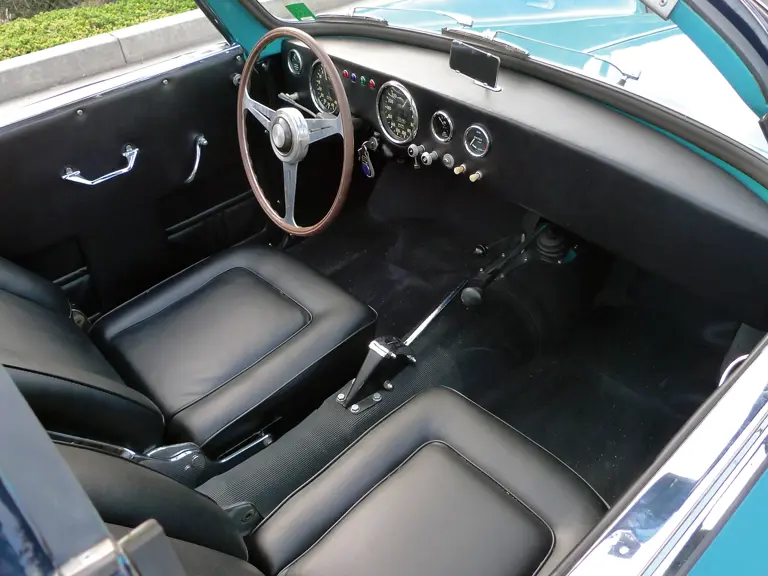
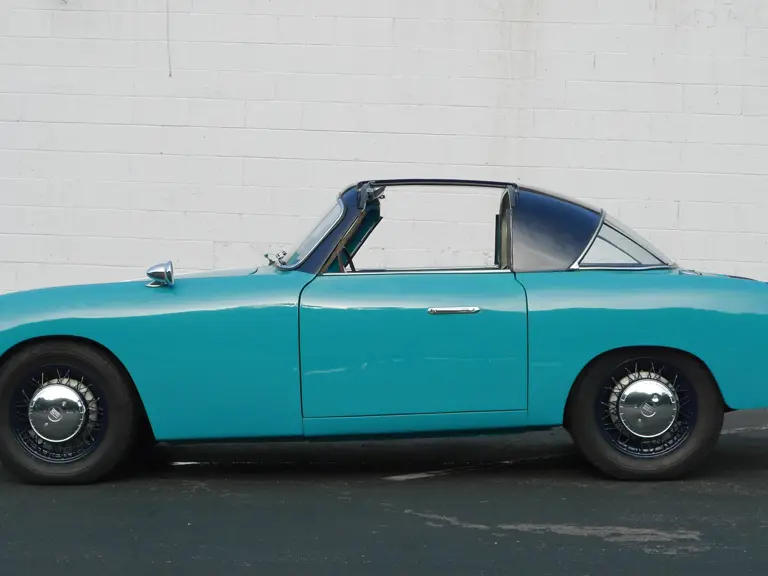
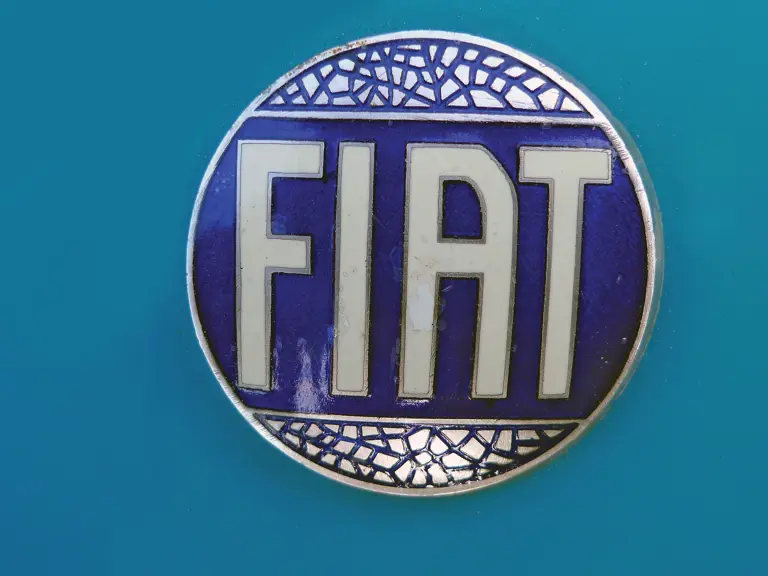
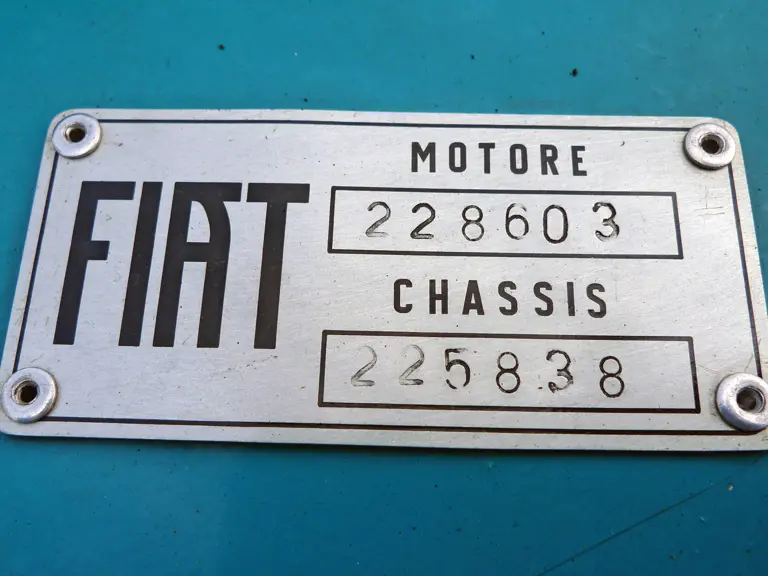
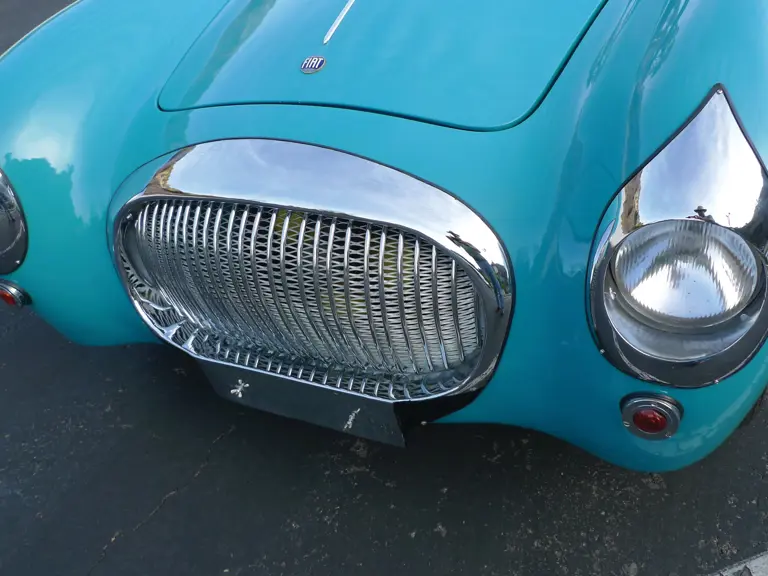
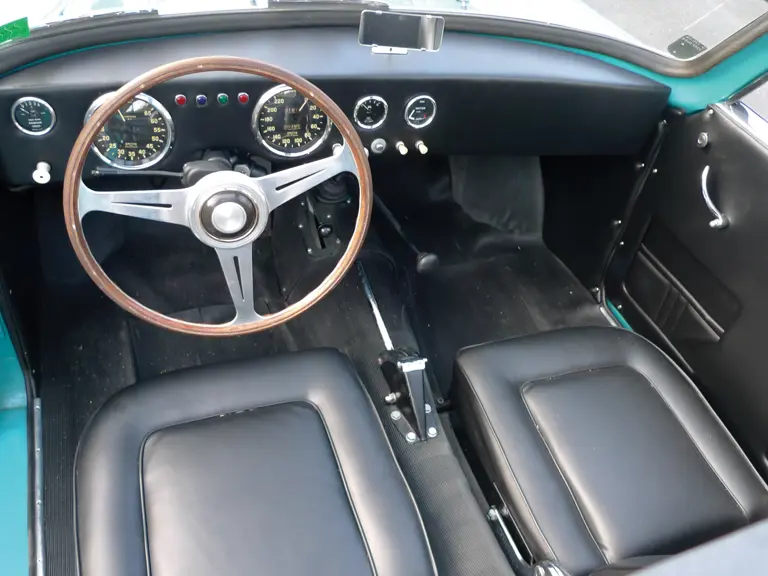
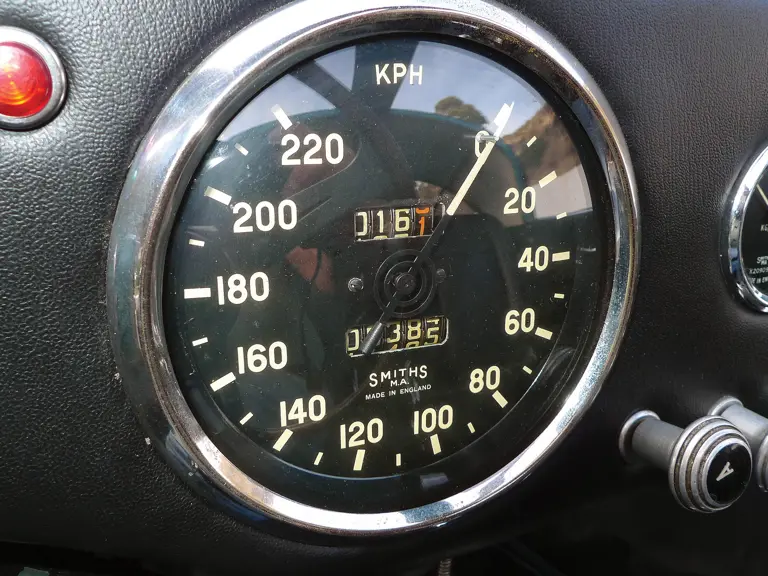

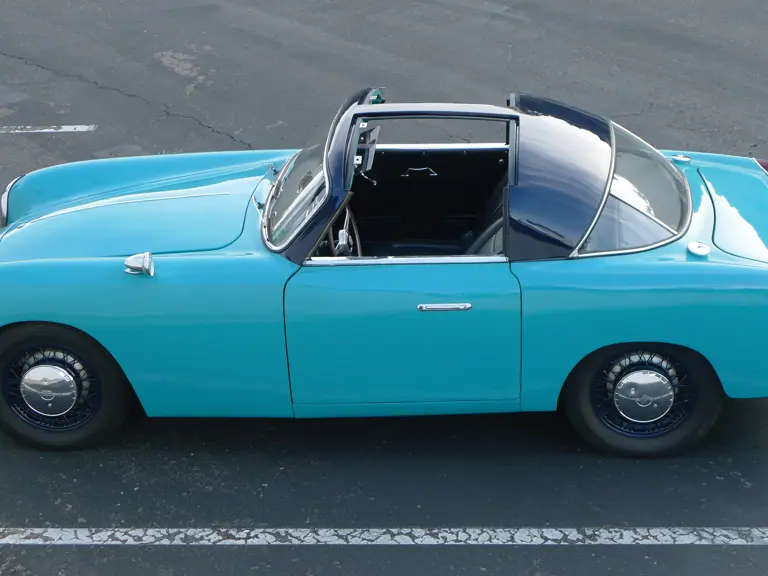

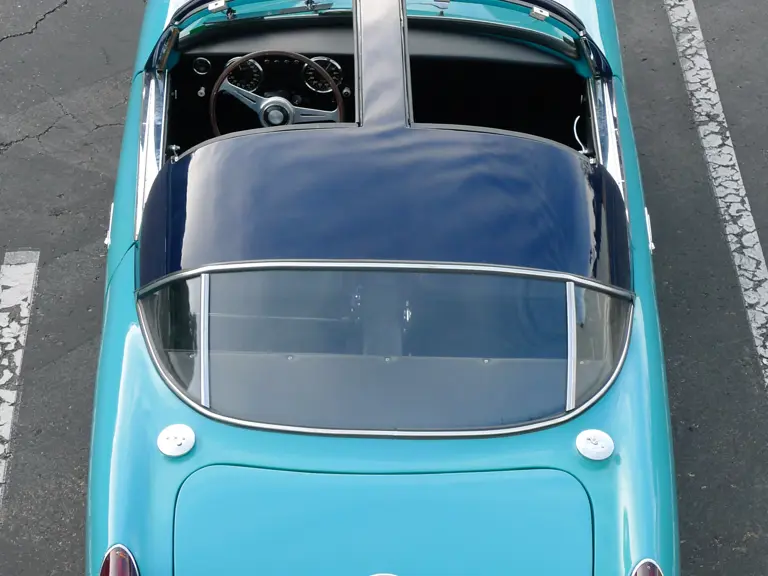
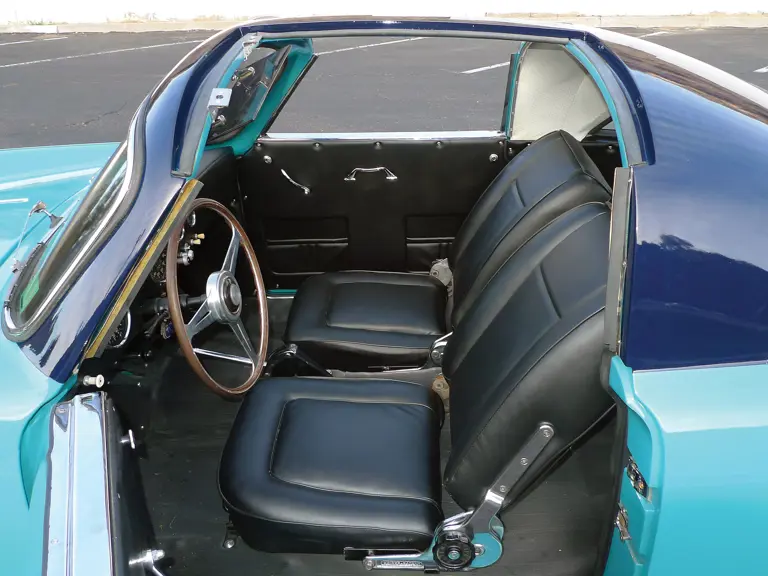
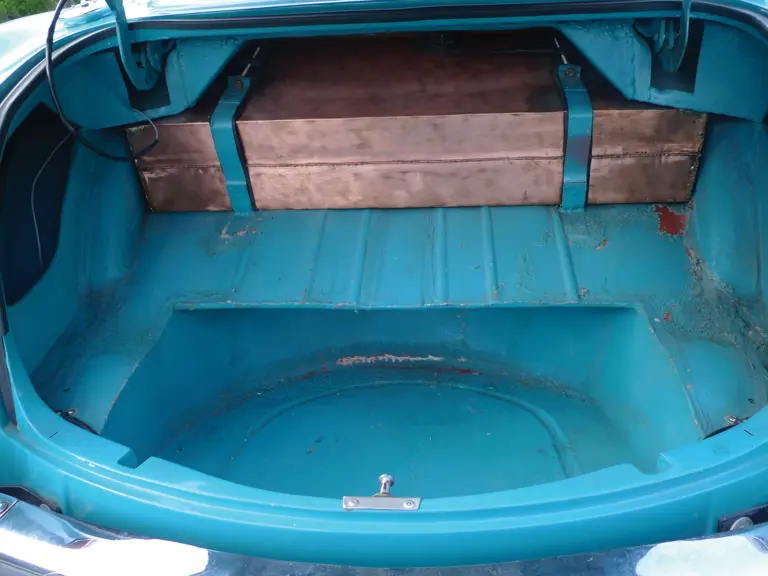

 | Monterey, California
| Monterey, California
